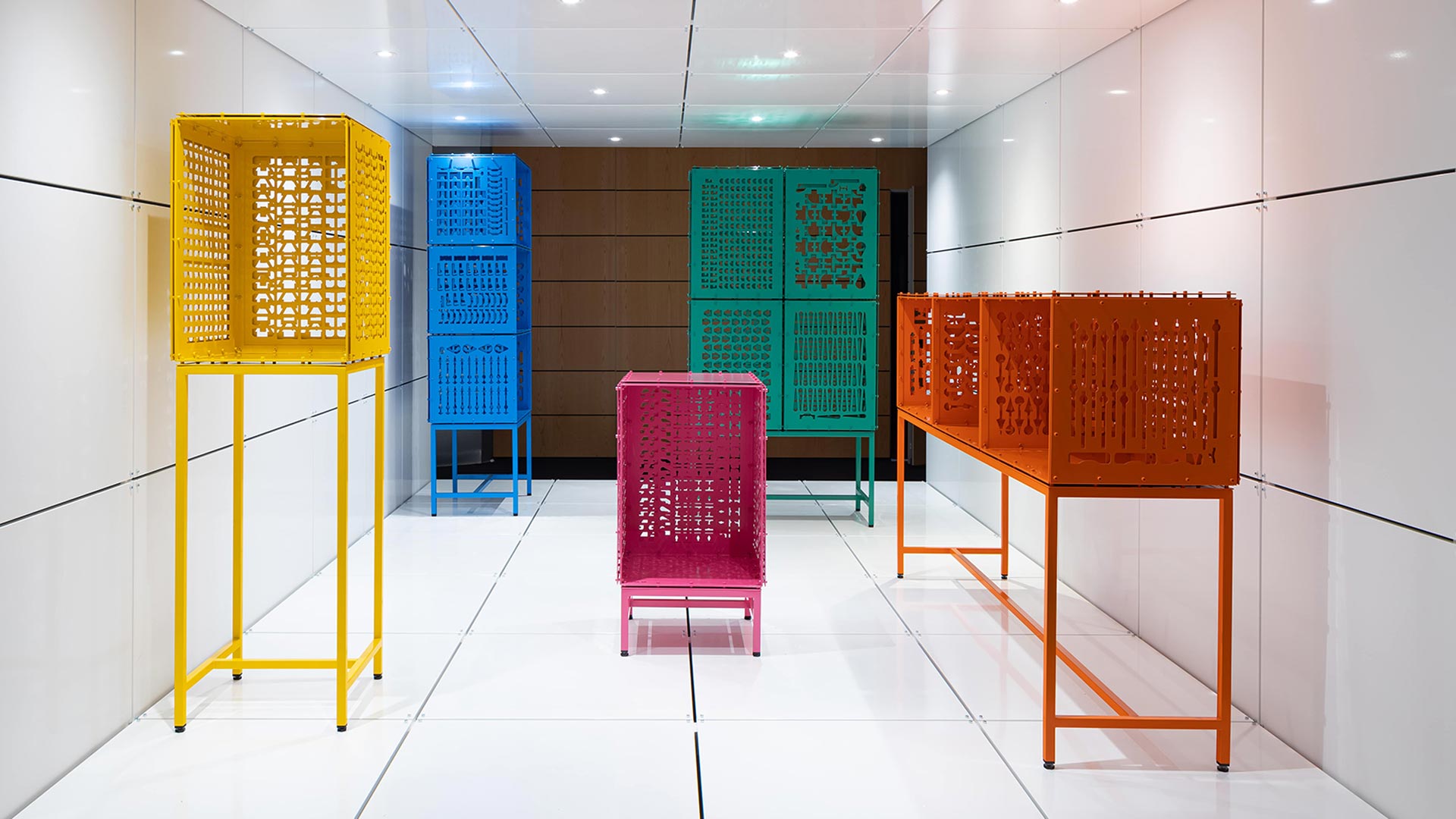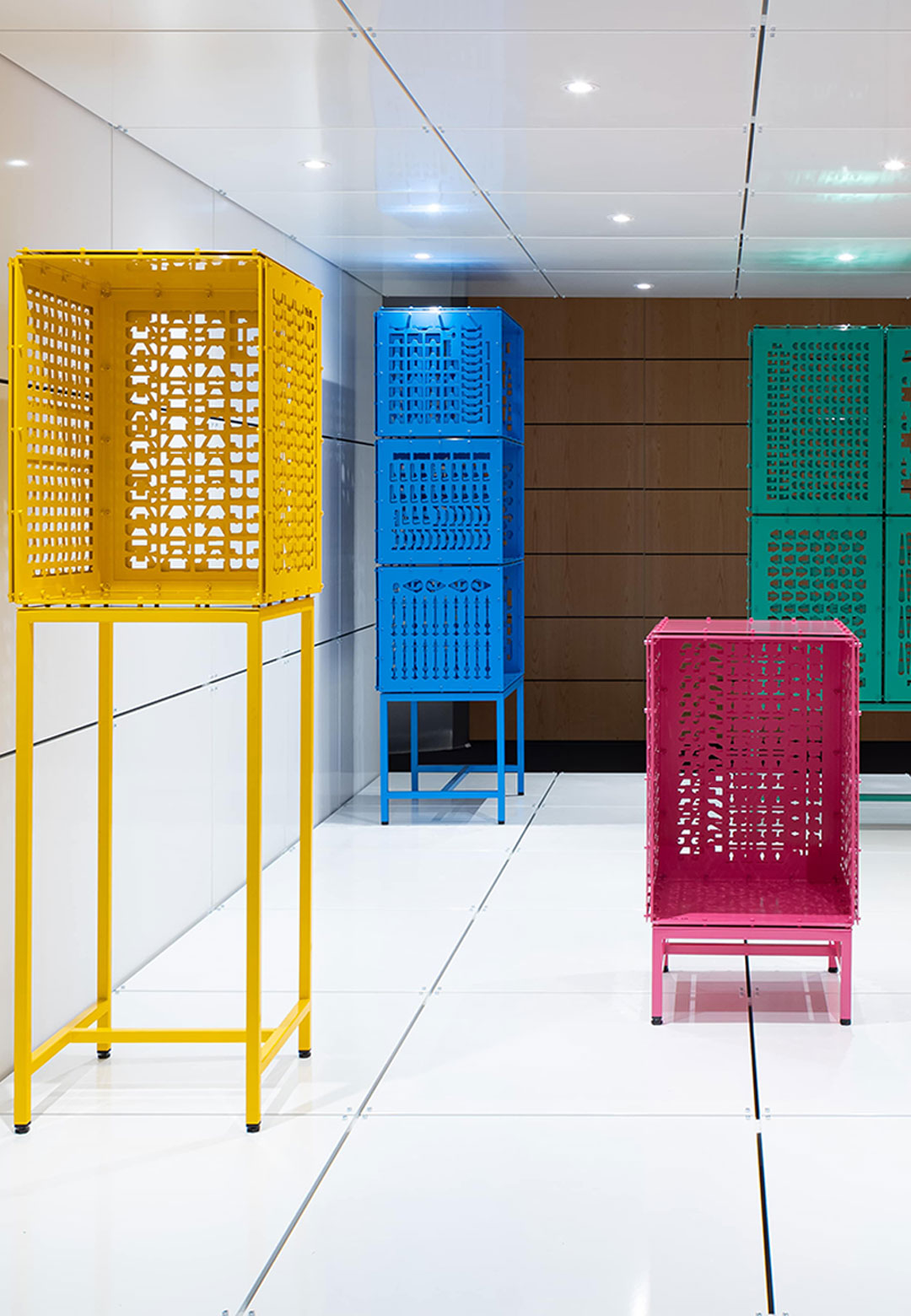In a labyrinth as diverse as that of design, where two voices may juxtapose, even intersect, but never entirely coincide, novelty is often just unabashed authenticity. In this complex structure that branches out in all possible directions, some designers find an offshoot that calls to them and infuse it with their idiosyncrasies, taking it to new lengths. Few designers, on the other hand, take a more deviant path and emerge as new sprouts on the vast creative canopy. Travelling down this road not taken is a journey of unlearning conventions fed as norms and viewing the world with a perception that is your own, and the subjectivity of terms mindlessly thrown around dawns upon the treader. Definitions are challenged and discourses veer—the shoot flourishes. The sphere of sustainable design witnesses more such questions each day—pertaining to cliched practises and material choices, their potential future, alternatives that can be new sources of material, and so on and so forth. One such terminology being disputed lately is that of ‘waste’ and what it really means. Can one person’s trash be another’s building block?
Netherlands-based designer Teun Zwets is recognised globally for his oeuvre—a fresh repository built ironically out of discards. His participation in the Dutch Design Week, a platform that spotlights the design of the future and the future of design, was inevitable. The design festival strives to showcase how designers from around the world mould a positive future and to reinforce the position of Dutch designers. Privy to this knowledge, Hans Lensvelt, the founder of furniture brand Lensvelt, justifiably turned towards Zwets in hopes of a stellar collaboration. The collision of these two creative minds spawned a beautiful, innovative and sustainable presentation where waste morphs into a functional and splendid ensemble of vibrant pieces.
Titled ‘Le Petit Boudoir,’ the product design takes shape using the residual waste from Lensvelt furniture production. “His passion is the use of waste. Teun Zwets is a three-dimensional Mondrian who has the gift of composing waste in such a way that the overall picture is awesome. Just like Mondrian,” says Hans Lensvelt, CEO of Lensvelt.
(Re)starting from waste: coming full circle
Lensvelt’s admiration for Zwets's work led him to personally ask the designer to create an immersive installation for the design event to be presented in the Evoluon in Eindhoven. Akin to their approach and practice, the collaborators aimed to go beyond a standard presentation and thus, set out on an investigative journey to figure out how they could create something new from their own residual waste. Zwets, who has worked in the field of re-use since graduating from the Design Academy in 2020, created ten one-of-a-kind sustainable objects for the brand.
Zwets, being adept in the field of re-use since he graduated from the Design Academy in 2020, composed 10 unique sustainable objects for the brand. But in this case, Zwets took a different course in lieu of the usual approach of finding waste material that aligns with his vision of product design. This time around, the residual waste from Lensvelt furniture production was the starting point, the constant, while Teun assessed ways to weave it into a functional series of products. The beauty that emanated from the consummation evokes the charm of jewellery and other special ornaments, hence the name ‘Le Petit Boudoir.’ “I love the beauty of other people’s trash. All over the world, people dump their waste in nature and on the streets. There is so much potential in the reuse of waste. People don’t see that,” Zwets explains.
Sustainability: an integral unit of the modular system
Behind the functional and ravishing series of products, is the framework of sustainability, reuse, and intuitive design evolution. Not accustomed to drawing anything in advance on paper, Zwets began by making prototypes out of cardboard. The brief given was that of a modular collection that could be produced in series and not, as Zwets was habituated to, limited pieces that he constructed himself—another aspect that makes this collaboration unique. ''I am also a bit done with carpentry, so it was really nice to create something that can be made in series and put together by others," Zwets shares.
Zwets developed 10 unique monochromatic cabinets with a punctured texture using a modular box as a starting point. The vibrant cabinets are constructed out of leftover metal sheets and the modules can be combined with each other. Normally, this steel is recycled, but doing so on the flip side consumes a lot of energy. Steel, like other materials, cannot be brought to the right temperature by electricity to be recycled; it can be achieved by gas, which again has additional disadvantages today and in the near future. The idea of this collaboration is to show the market that manufacturing waste can be used on a large scale to develop new and innovative designs of very high quality.
The future of—and in—trash
Featuring 10 bright and eye-catching modular designs, the capsule Le Petit Boudoir is a memorable vision that forces us into the abyss of (re)thinking and questioning supposed answers. Recycled products and upcycled design essentially embody the tenets of circular design—completing and restarting the lifecycle of a material. Practices similar to Zwets’s acknowledge the overlooked potential in objects that otherwise end up in landfills, leaving us with indelible creative encounters. But the question that lingers is even weightier.






 Sign in with email
Sign in with email










What do you think?